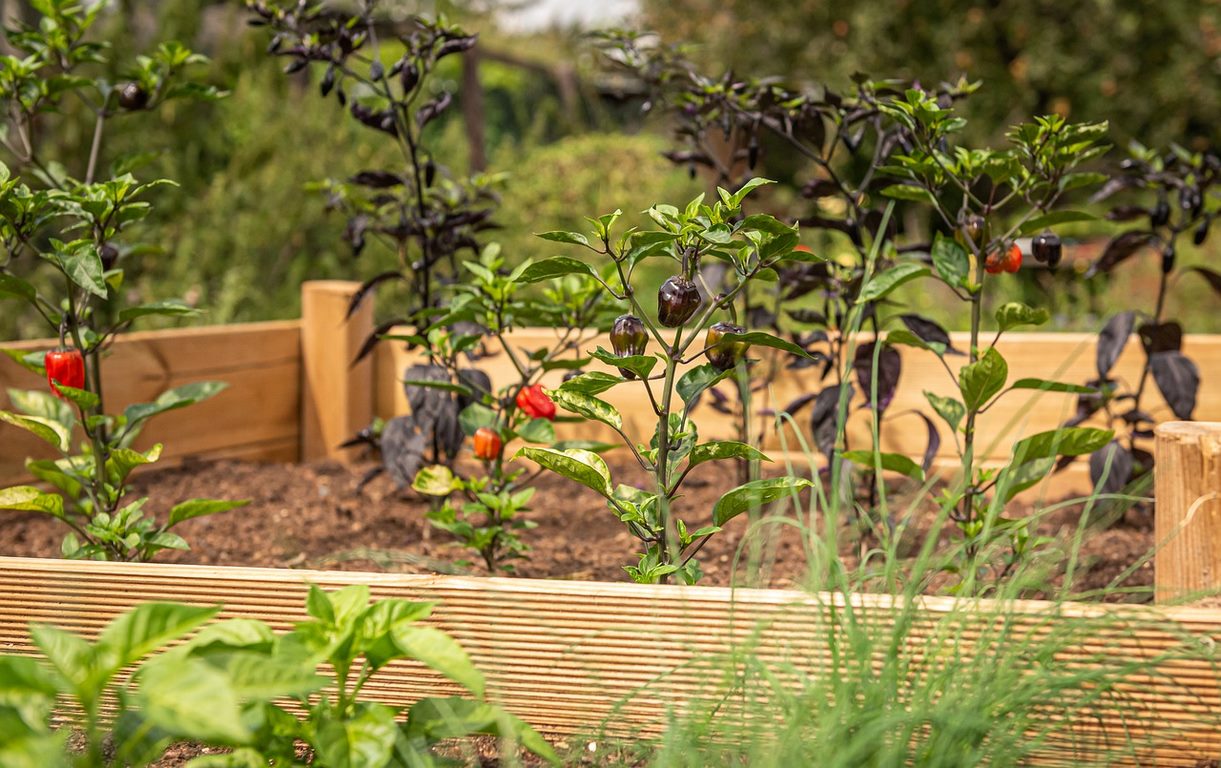Gardening is not restricted only to those who have ample outdoor space.
With a lot of variations available in indoor gardening with lights and outdoor gardening as well, one can have a full-fledged mini garden right in one’s own room!
Another popular form of gardening apart from indoor gardening is the raised bed gardening.
It offers various advantages over the conventional kind of gardening. Raised bed gardens are ideal for small plots of flowers or vegetables.
It also reduces the strain you may have to undergo by the continuous bending of the body when you tend to the garden beds.

Raised bed gardens are constructed several inches above the terra firma. This is especially useful if the state of the soil available or belonging to that area is of poor quality.
Therefore, the soil in the raised bed garden can be improved to suit the conditions.
Being easier to maintain, raised bed gardens are also popular are they are less prone to be invaded by certain kinds of grasses.
It allows you to control the soil quality within a specific area. You can even have different raised beds containing potting soil suitable for a particular category of vegetables and plants.
This in turn helps the roots to breathe freely. This is beneficial during the time of heavy rains as the excess water is drained off faster.
You would not need to face a drag of waterlogged soil, which may be really damaging to the plants.
Raised gardens bed allow users to utilize the space to the utmost. The vegetables are often grown closer to every other but you want to take care to avoid overcrowding.
Since the soil is elevated above the ground level, it tends to warm up at a faster pace; this, in turn, helps facilitate better growth of the plants.
Read Also:
To make your bed permanent, you can use rot-resistant woods such as cedar or materials like bricks, rocks, etc.
When the wood is coated with linseed oil, it would help in slowing down the rotting of the wood.
But in case you aim to change the design or the look of the raised bed garden, then you should go in for a temporary bed.
You can even have them made in various shapes like rectangular, round, etc.
Plan companion planting. This would control the insects and also improve the condition of the garden.
Begin your raised bed building in the fall, so that you would be ready to plant when spring arrives.
Rotate the varieties of the plants every year. This would prevent the same nutrition from being absorbed from the soil.
Tall plants need to be planted against the wall.
You can read more about gardening tips and how to grow on: Https://gardensnursery.com